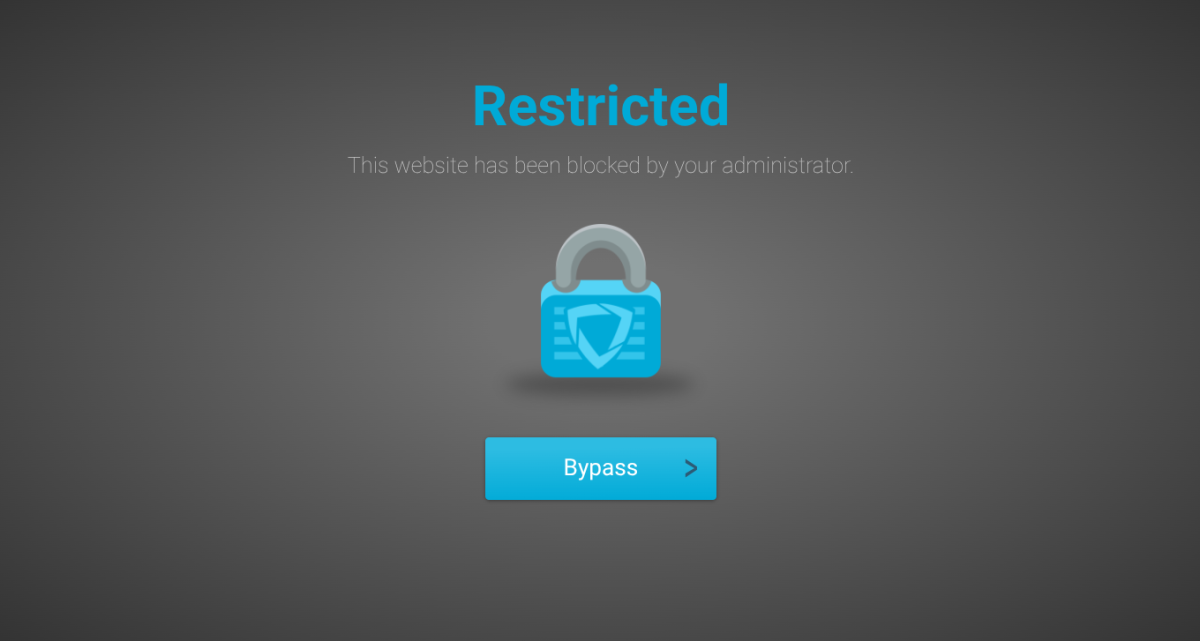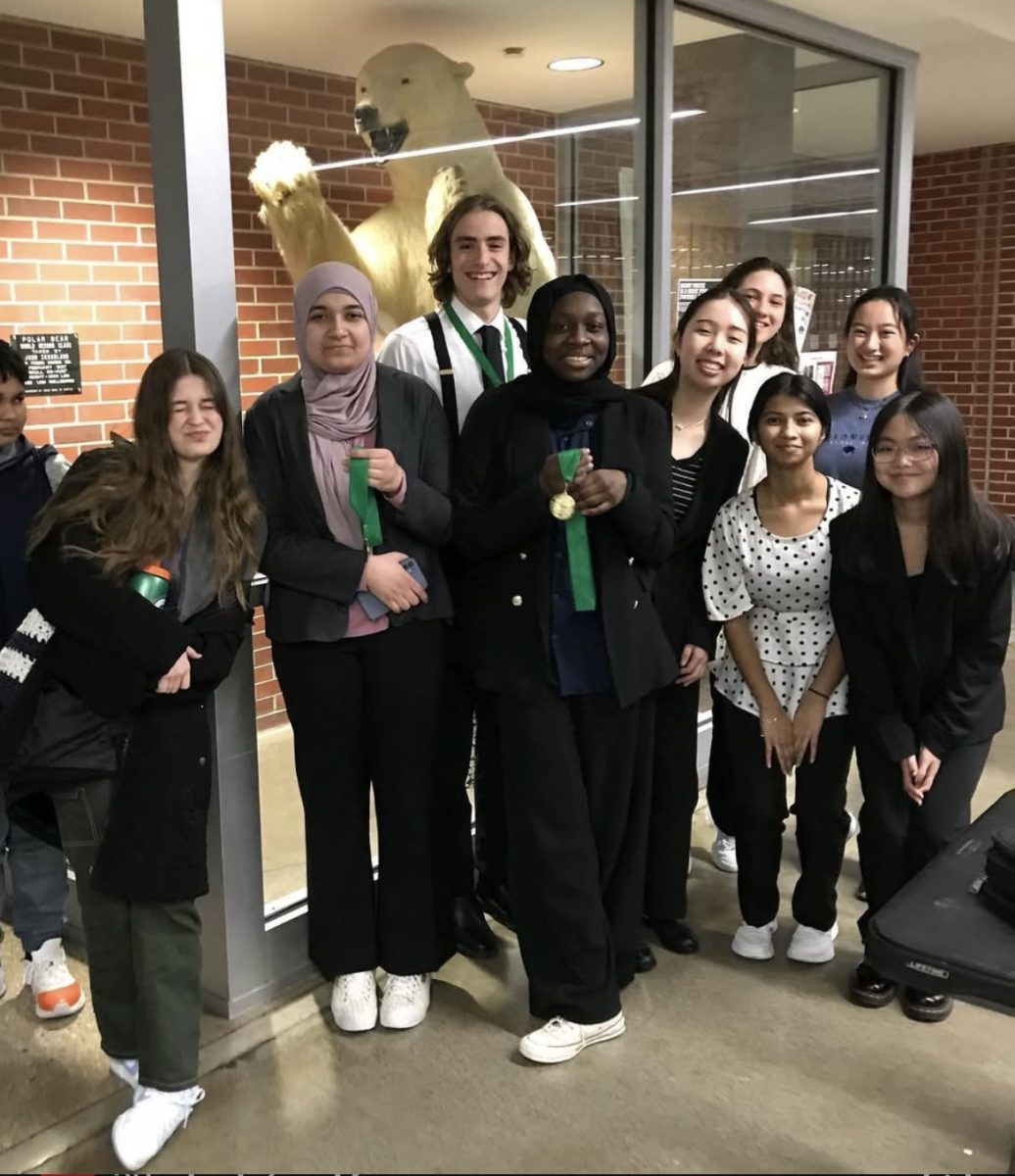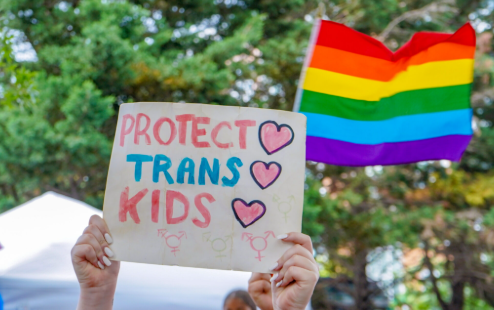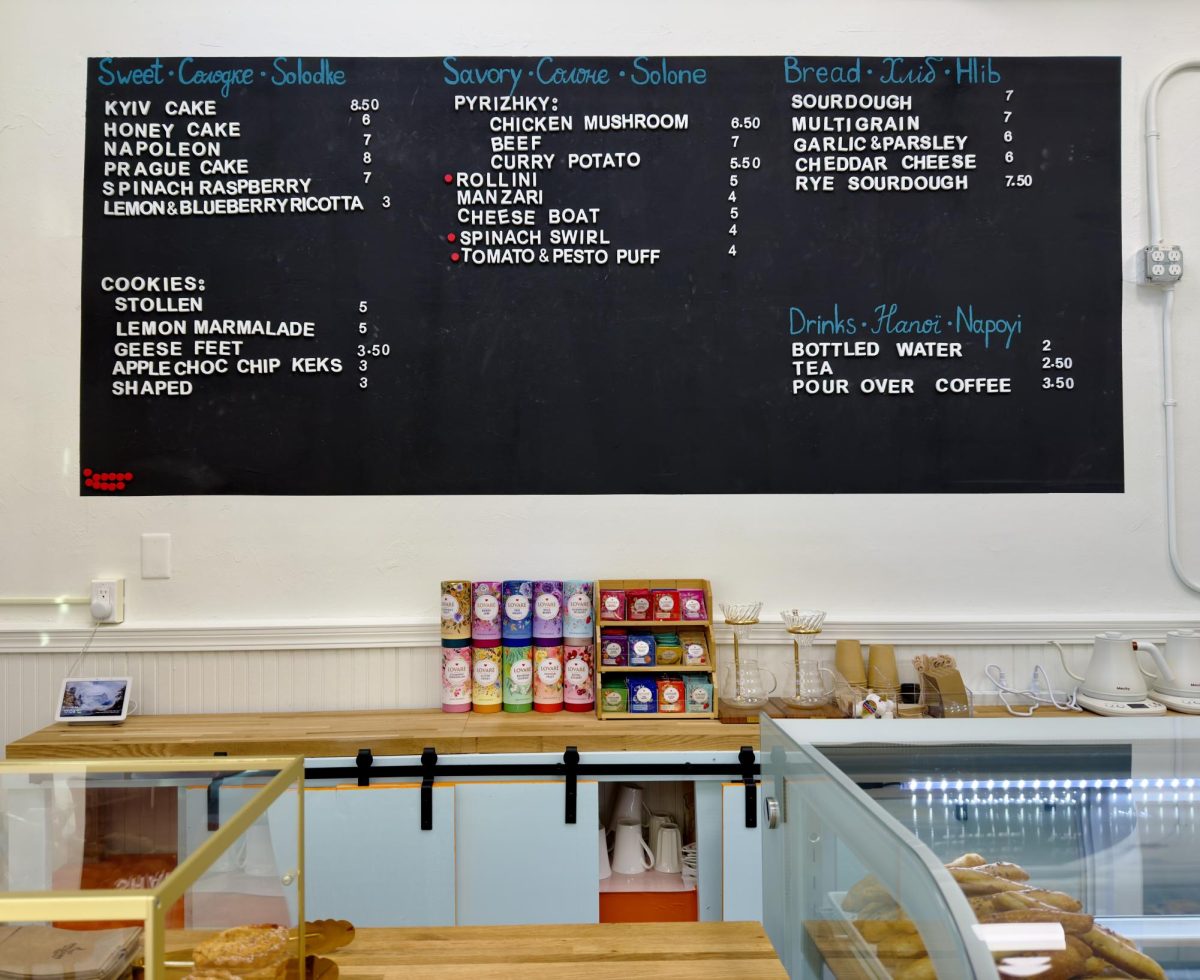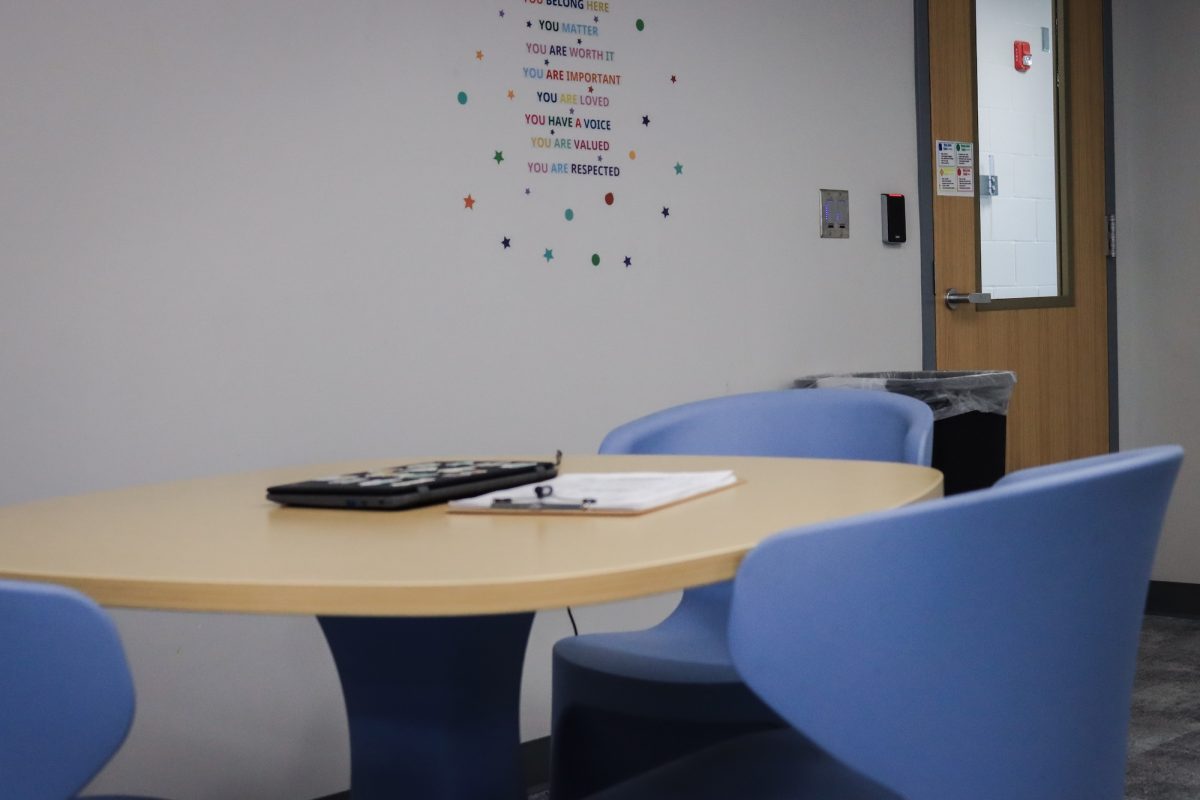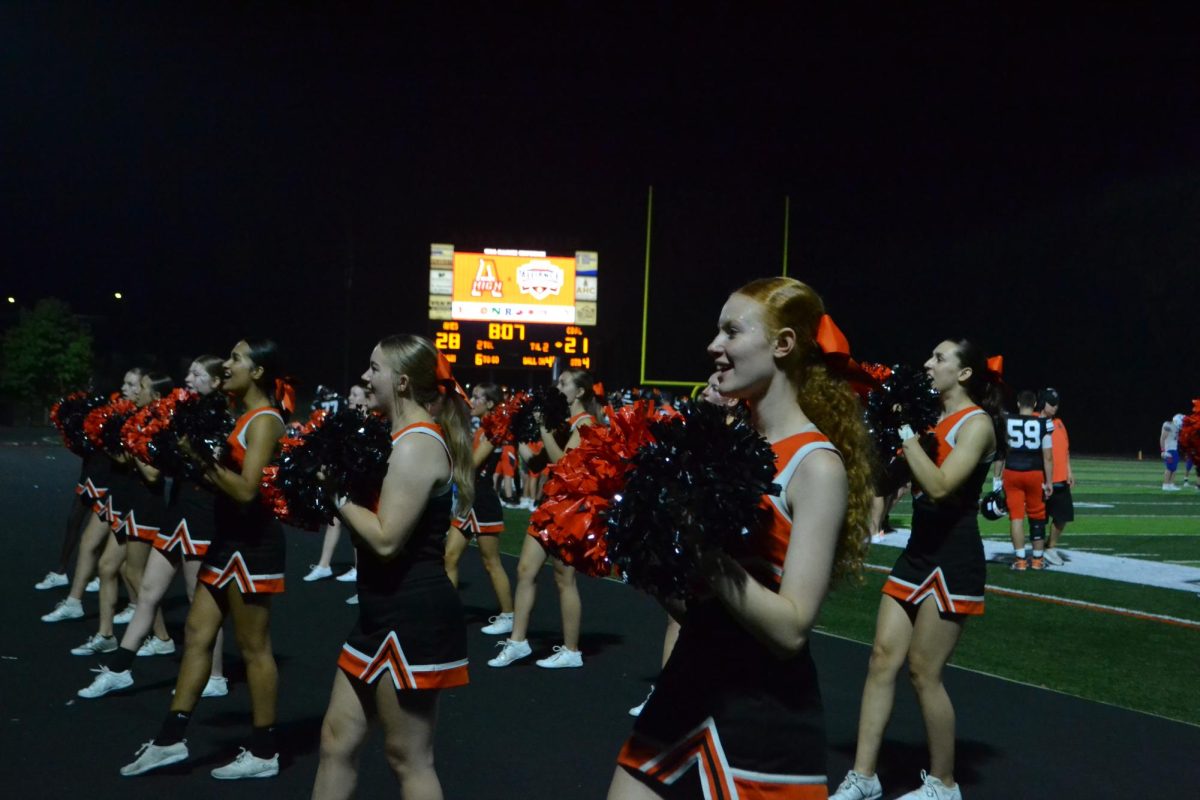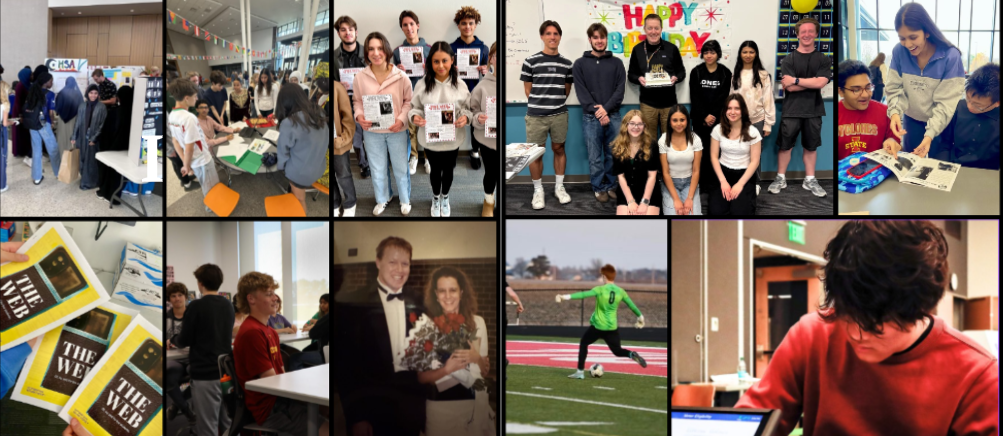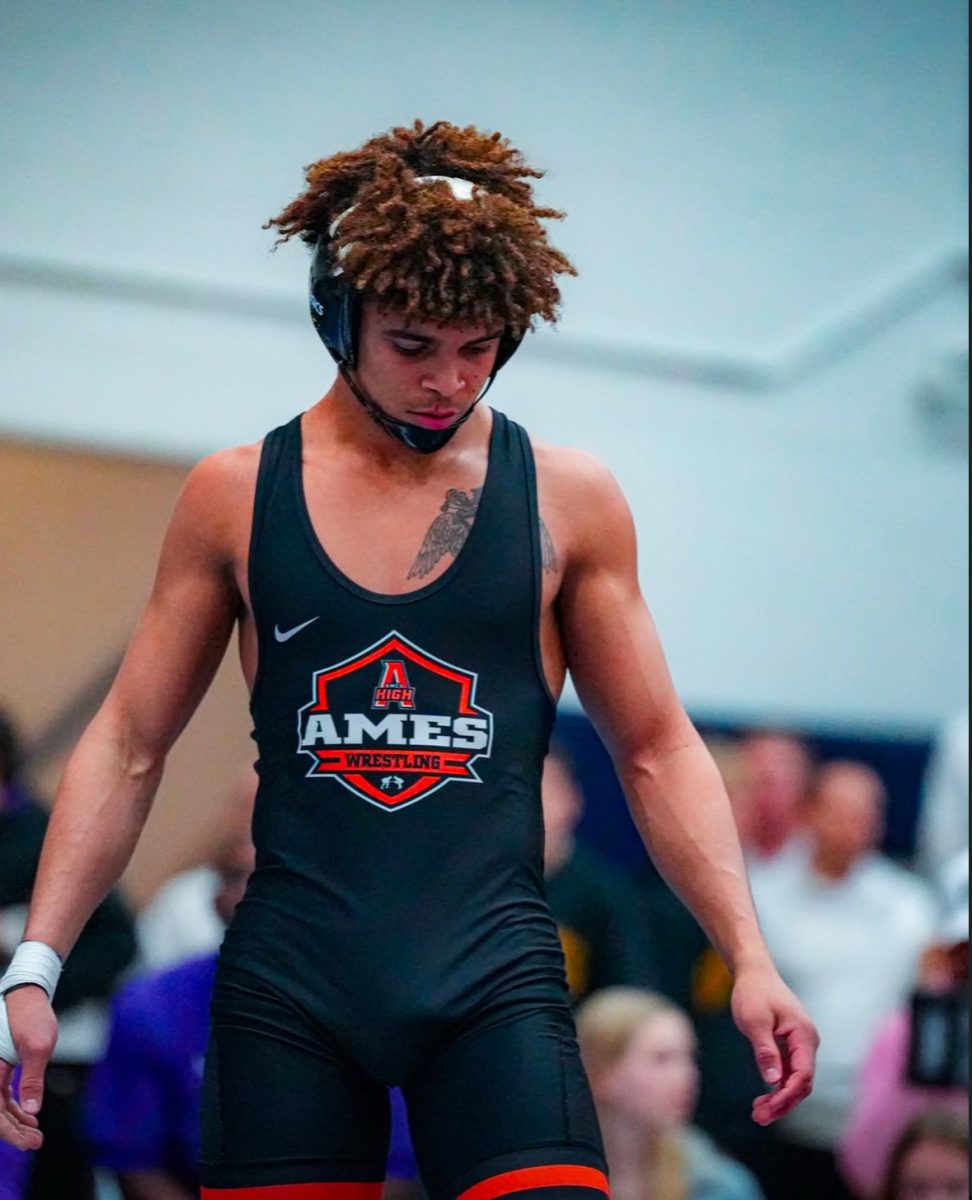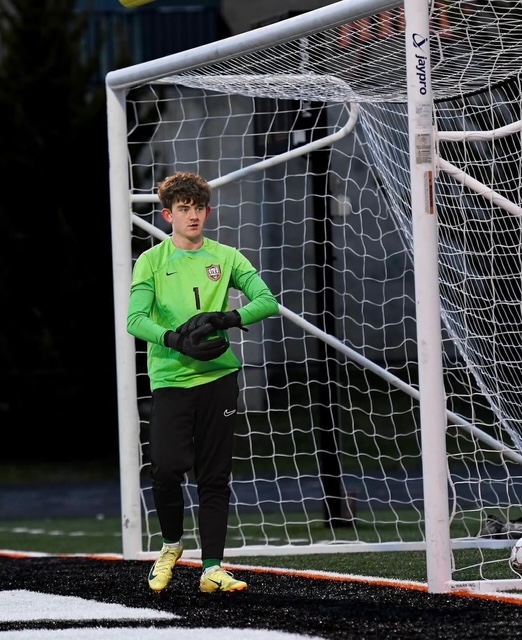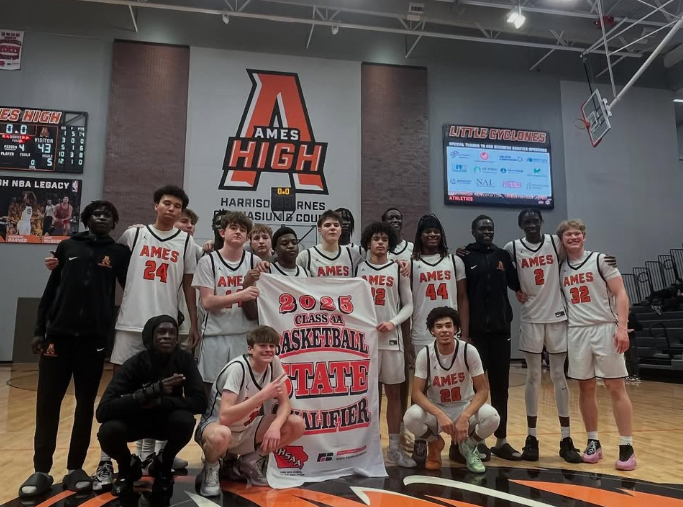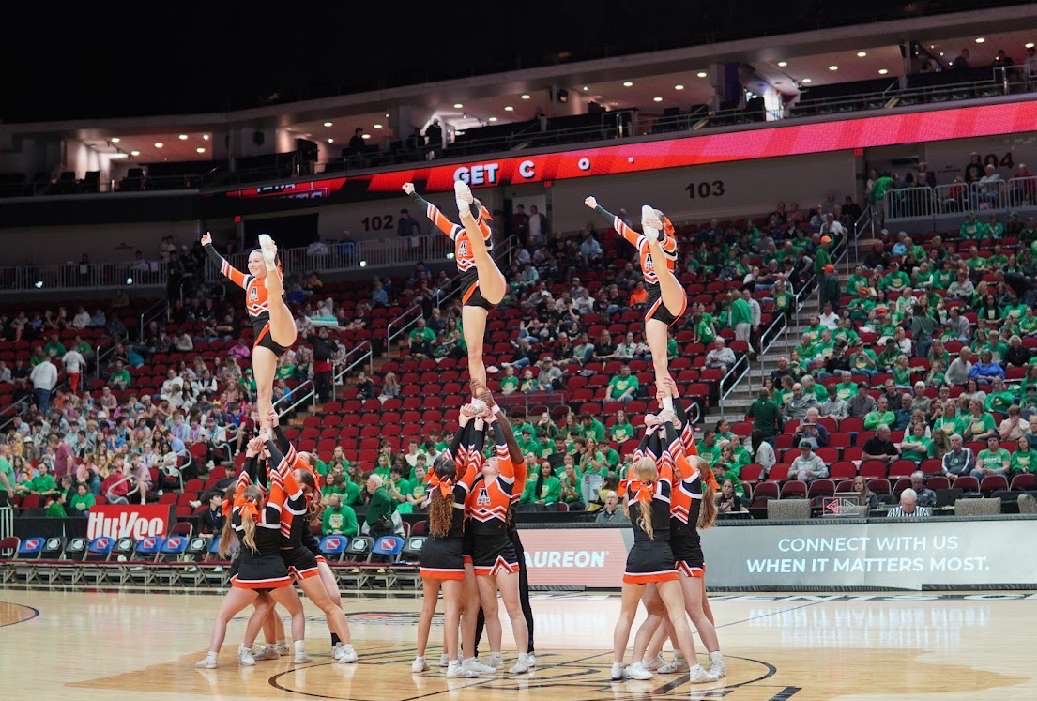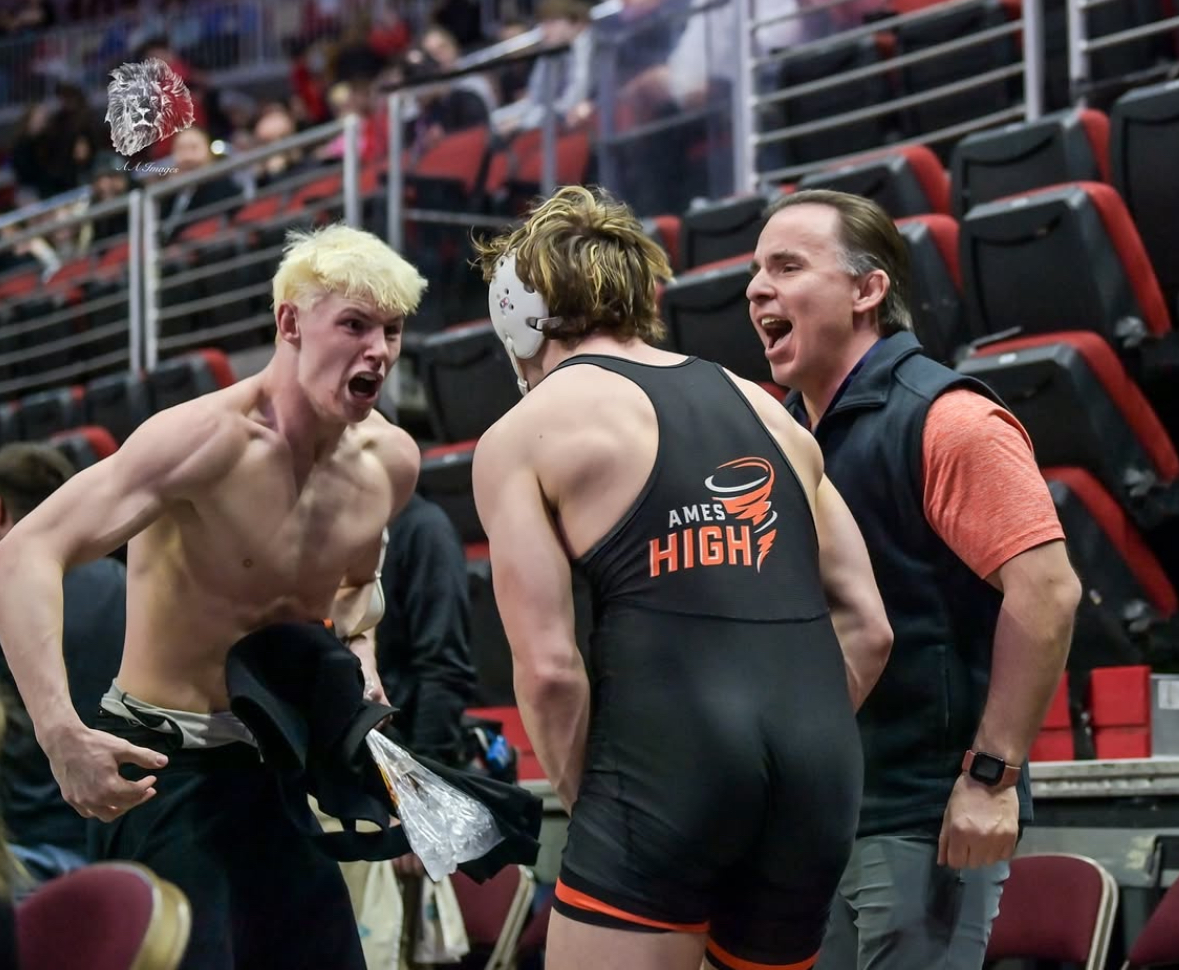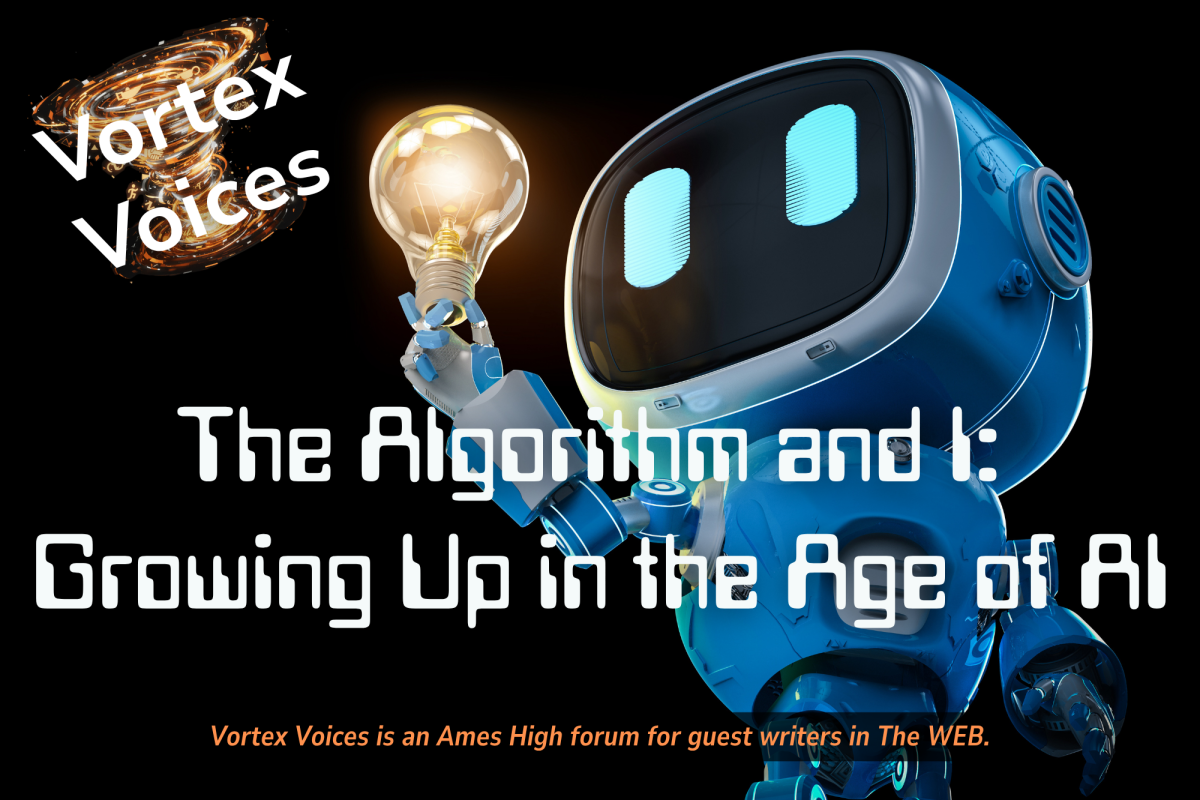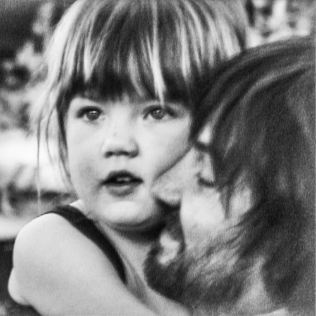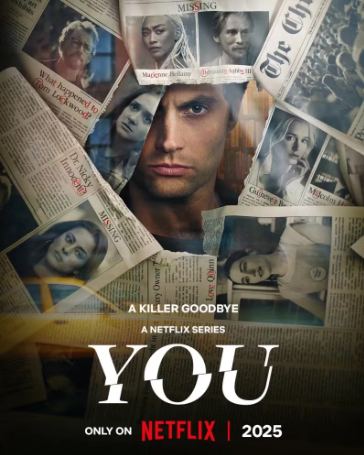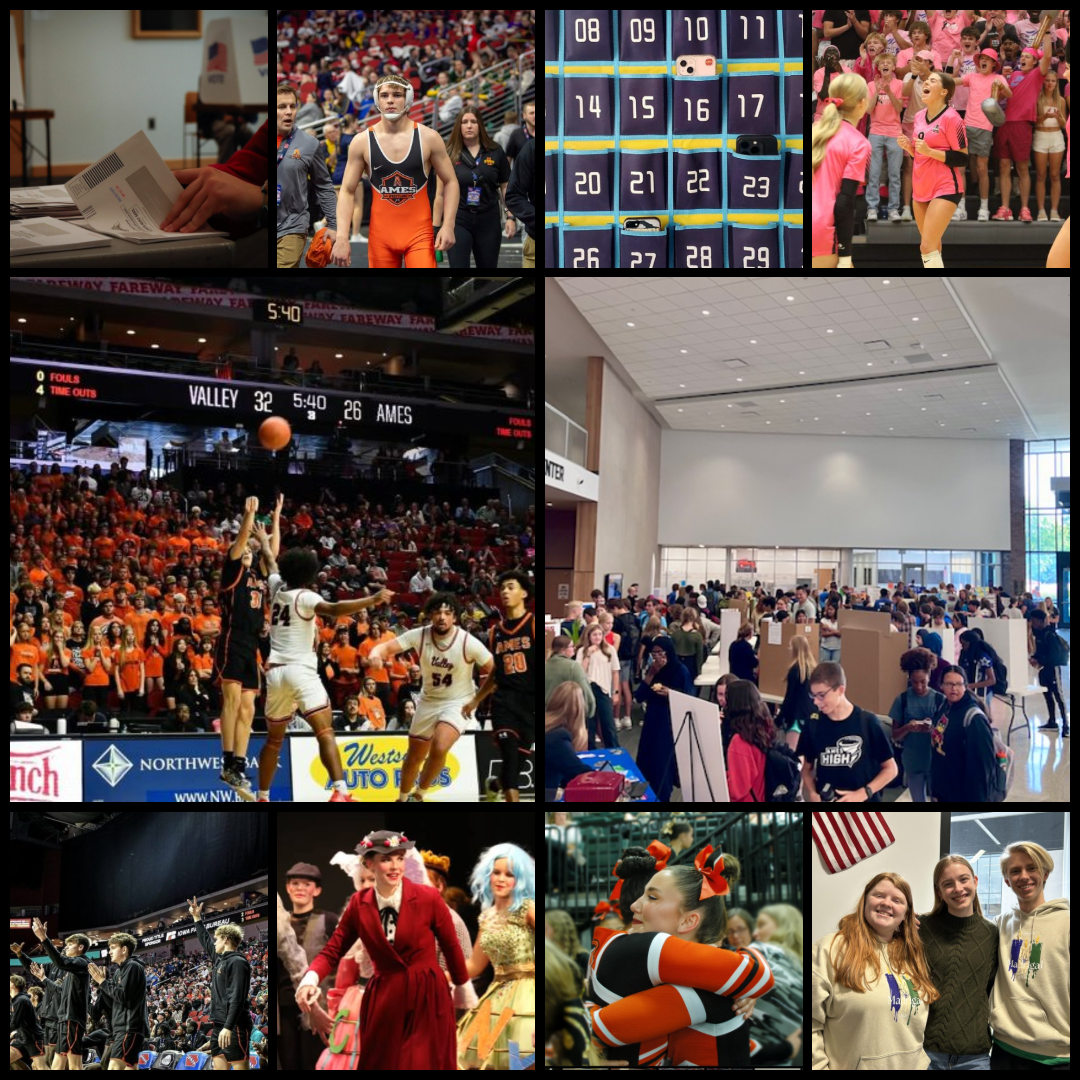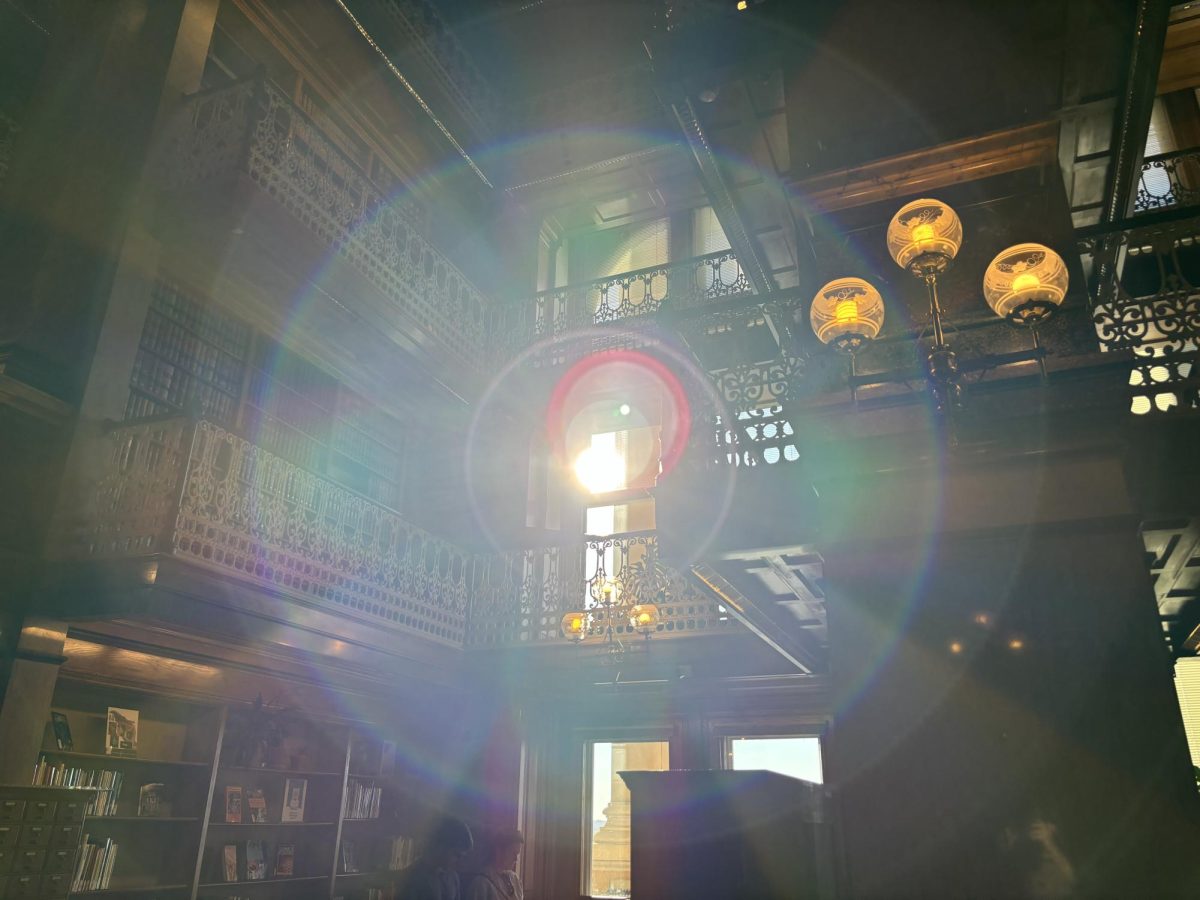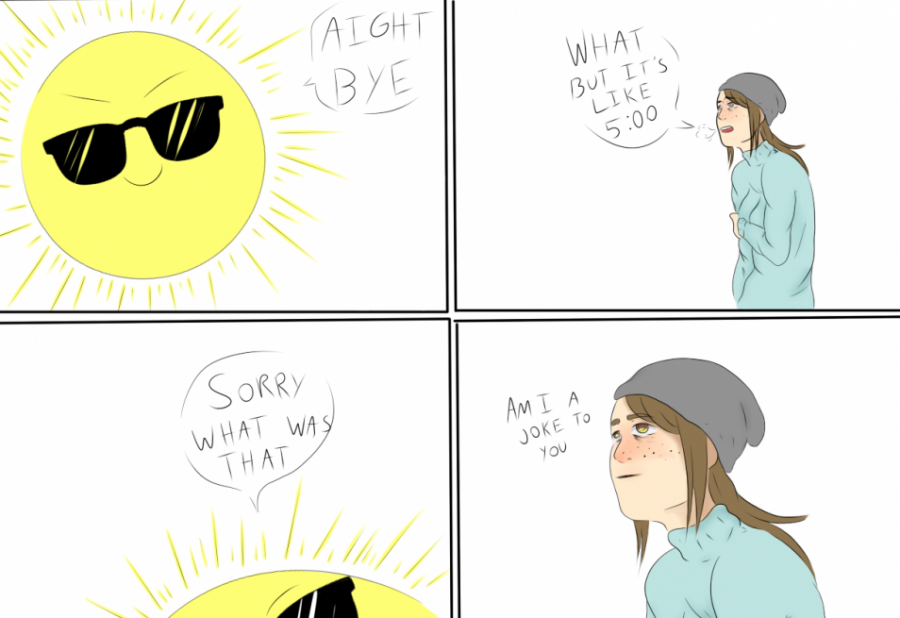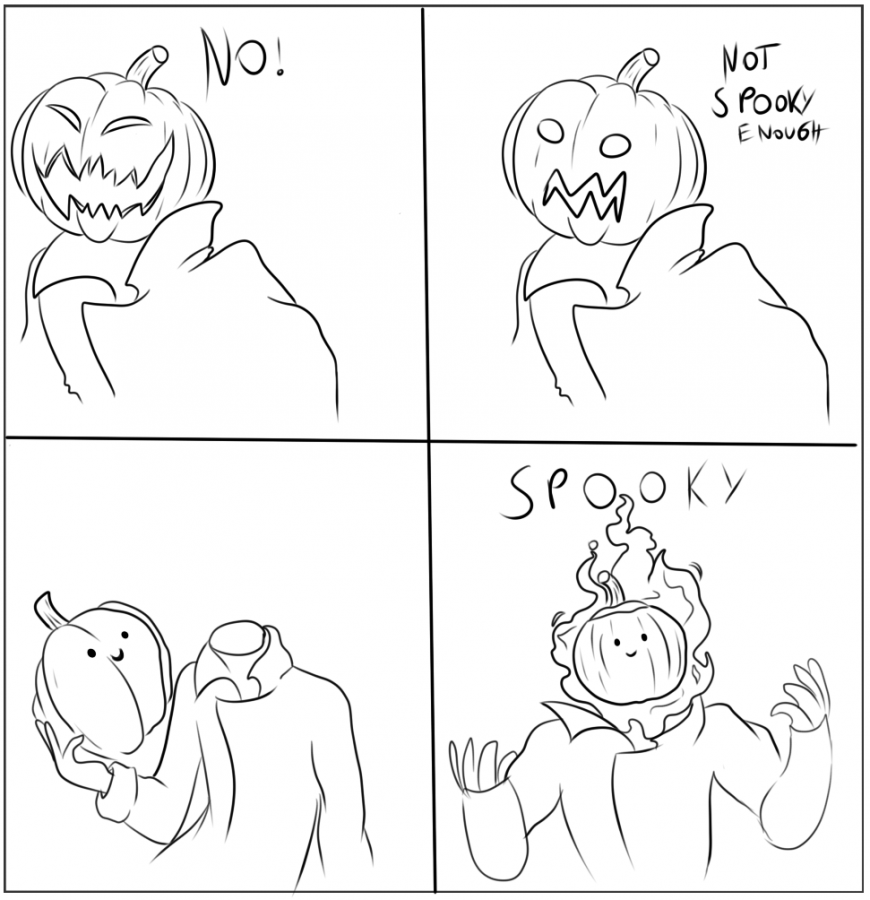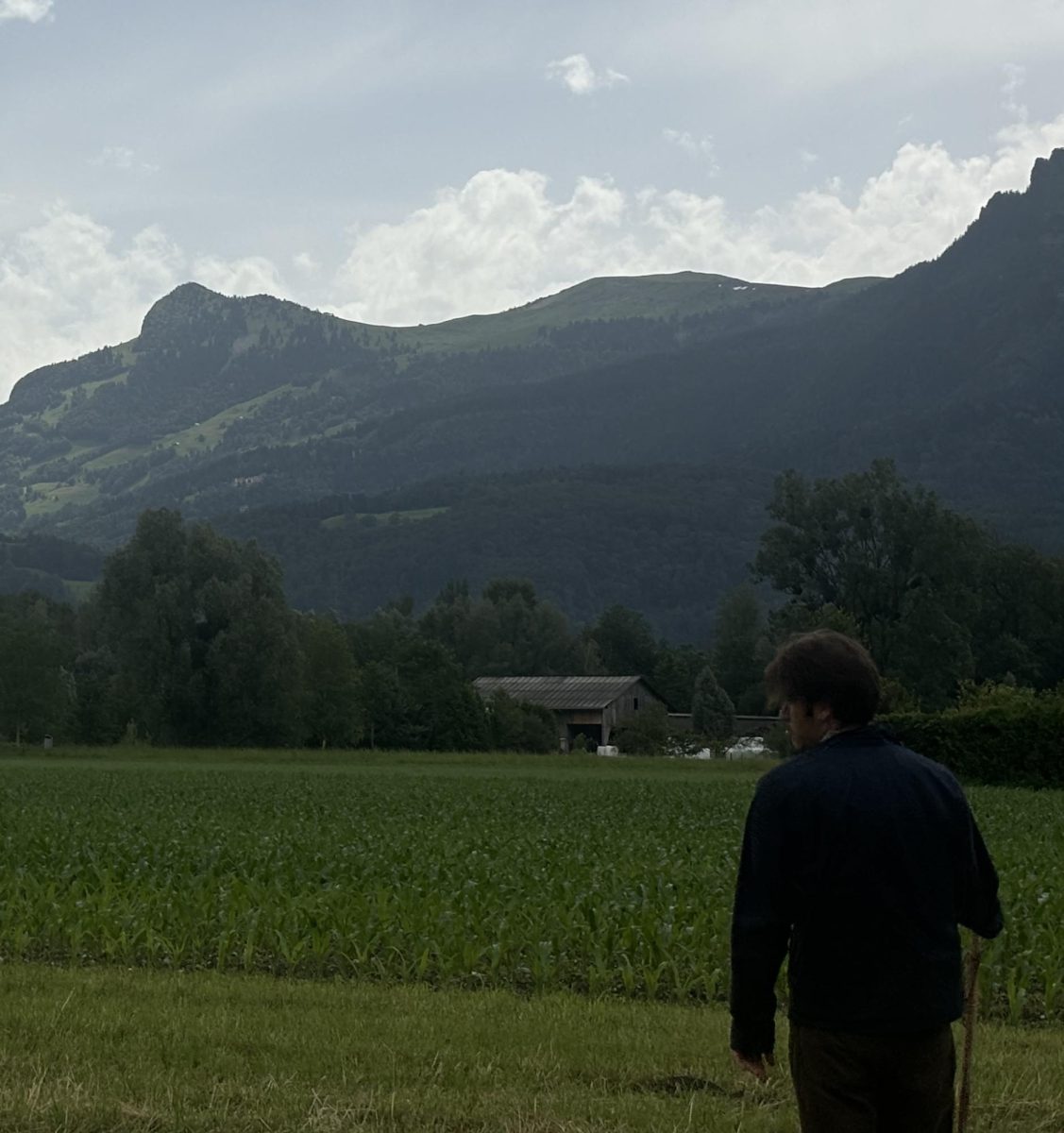A.I. can be found everywhere in the modern world, from printing A.I. art on beer cans, to students turning in a paper a chatbot wrote, and every google search in between. While this presents an age of ease and cheaper alternatives to hiring out work, this A.I. phenomena is increasingly harmful to underappreciated artists.
As a cashier, I’ve noticed the usage of A.I. instead of hiring graphic designers. The ads at our store have little doodles on them that contain a distinctly A.I. appearance, and several beer cans we sell have A.I. art printed on them, lacking creativity and only serving as a cheap placeholder for real art.
Instead of aspiring artists being able to fill creative spaces online, often A.I. is being loaded onto these sites like Pinterest, Deviant Art, and social media. In some cases, A.I. has even been submitted to art contests. According to Jonathan Bailey in Plagiarism Today, a man named Jason Allen placed first in the Colorado State Fair art competition with a piece that was entirely A.I. generated.
Another issue artists face online is how to show their art is not A.I. Often artists have to manage backlash and end up needing to “prove” in some way their art is their own.
Many of the tricks people use to determine if something is A.I. are unreliable. A recent trend spread online where someone would post a video of a page that uses an em dash- a common sign of A.I.- with text that says, “This must be AI”, before the camera shifts and shows the book to be classic literature.
It is a well known fact that A.I. has been trained on online writing and published art, and by posting online in any form you put yourself at risk for A.I. to be trained on your work, without credit or compensation. This has presented quite the ethical concern as A.I. is essentially plagiarizing text.
According to Ted Chiang in The New Yorker, “[A.I.] let[s] you engage in something like plagiarism, but there’s no guilt associated with it because it’s not clear even to you that you’re copying.”
A.I. impacts people negatively wherever it reaches, from accusations of A.I. art or writing being a constant fear for artists, to people losing human communication and effectiveness, and A.I. art stealing not only engagement, but also the actual work itself for training purposes. Although useful, A.I. has no place in any creative sphere and should not be used due to the damage it can cause to the human artists who are growing up with it.

